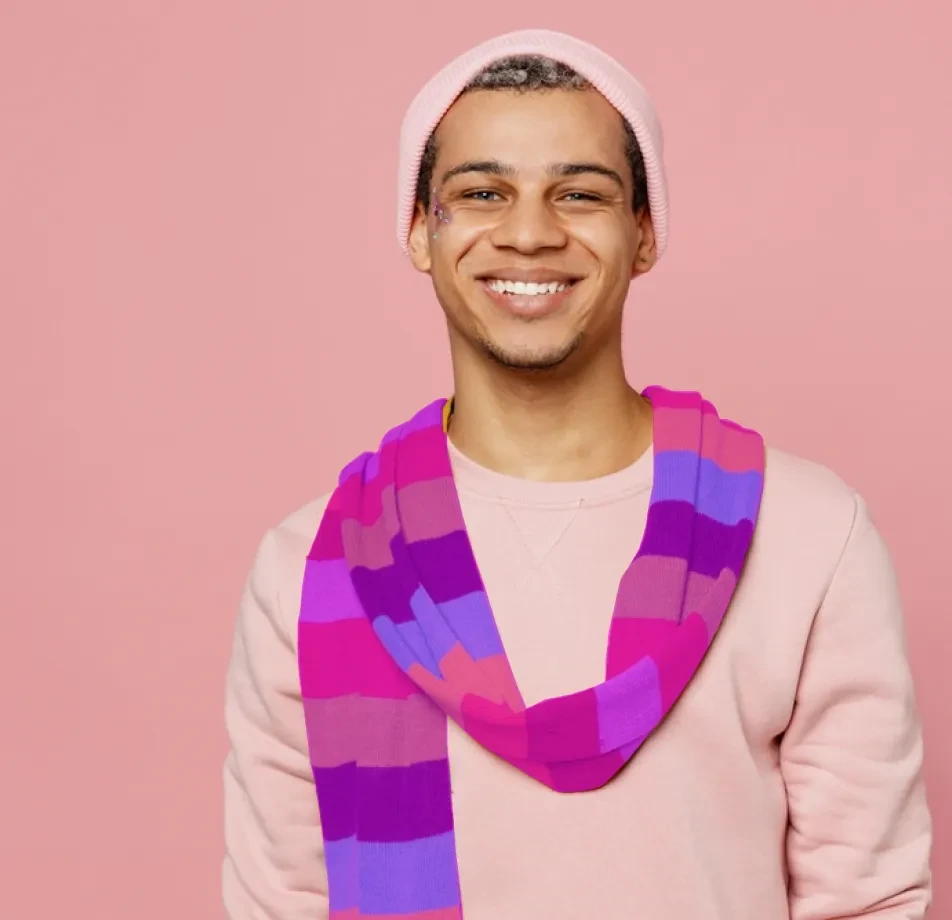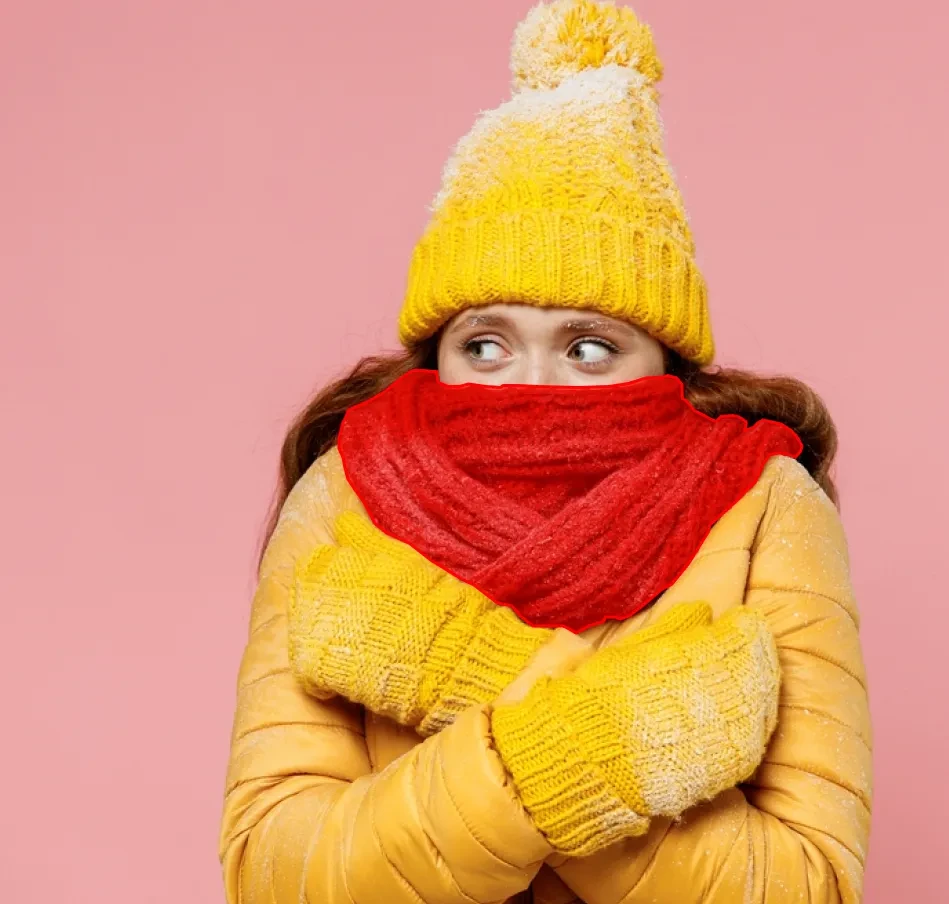Scarf Segmentation Dataset
Home » Case Study » Scarf Segmentation Dataset
Project Overview:
Objective
To create a thorough dataset focusing on the segmentation of scarves in various images, it is essential to follow a structured approach. This dataset is intended to foster advancements in e-commerce solutions, personal virtual shopping assistants, and fashion-oriented computer vision applications.
Scope
To compile a diverse collection of images encompassing different scarf types, materials, patterns, colors, and the myriad ways they are worn, we will follow a systematic approach. First, we will gather images representing various scarf styles, such as pashminas, infinity scarves, silk scarves, shawls, and bandanas. Transitioning to materials, we will include wool, cotton, silk, and synthetic fabrics to ensure a wide range of textures and appearances.




Sources
- Collaborations with fashion brands and e-commerce platforms.
- as well as crowdsourcing contributions through mobile apps
Additionally, fashion shows, catalogues, and magazine photoshoots are essential components of the fashion world.



Data Collection Metrics
- Total Scarf Images: 15,000
- Formal Scarves: 4,000
- Casual Scarves: 4,500
- Traditional/Religious Scarves: 3,500
- Winter Scarves: 2,000
- Designer Scarves: 1,000
Annotation Process
Stages
- Image Pre-processing: Enhancement for brightness, color correction, and normalization to ensure consistent quality.
- Pixel-wise Segmentation: Annotators employ advanced tools to accurately demarcate every pixel of the scarf, regardless of its intricate patterns or folds.
- Validation: A secondary annotator reviews each image to ensure accurate segmentation boundaries.
Annotation Metrics
- Total Pixel-wise Annotations: 15,000 (One for each image)
- Average Annotation Time per Image: 15 minutes (Due to the detailed nature of scarves and their folds)




Quality Assurance
Stages
Automated Model Evaluation: Firstly, early-stage segmentation models aid in assessing and comparing annotations, thereby highlighting any discrepancies.
Peer Review: Additionally, experienced annotators engage in peer review, cross-checking a subset of images to ensure uniform quality and address any inconsistencies.
Inter-annotator Agreement: Moreover, inter-annotator agreement is established by having a small sample of images undergo annotation by multiple individuals to verify consistency and maintain a high-quality standard.
QA Metrics
- Annotations Validated using Segmentation Models: 7,500 (50% of total images)
- Additionally, peer-reviewed annotations were conducted for 5,000 images
- Furthermore, inconsistencies were identified and rectified in 450 images, which is 3% of the total.
Conclusion
The Scarf Segmentation Dataset provides a solid foundation for the burgeoning field of fashion-oriented artificial intelligence. Moreover, encompassing a diverse array of scarves from various cultural, functional, and aesthetic backgrounds, this dataset promises to revolutionize virtual shopping experiences. Additionally, it will assist in creating automated inventory management systems for e-commerce platforms.

Quality Data Creation

Guaranteed TAT

ISO 9001:2015, ISO/IEC 27001:2013 Certified

HIPAA Compliance

GDPR Compliance

Compliance and Security
Let's Discuss your Data collection Requirement With Us
To get a detailed estimation of requirements please reach us.
